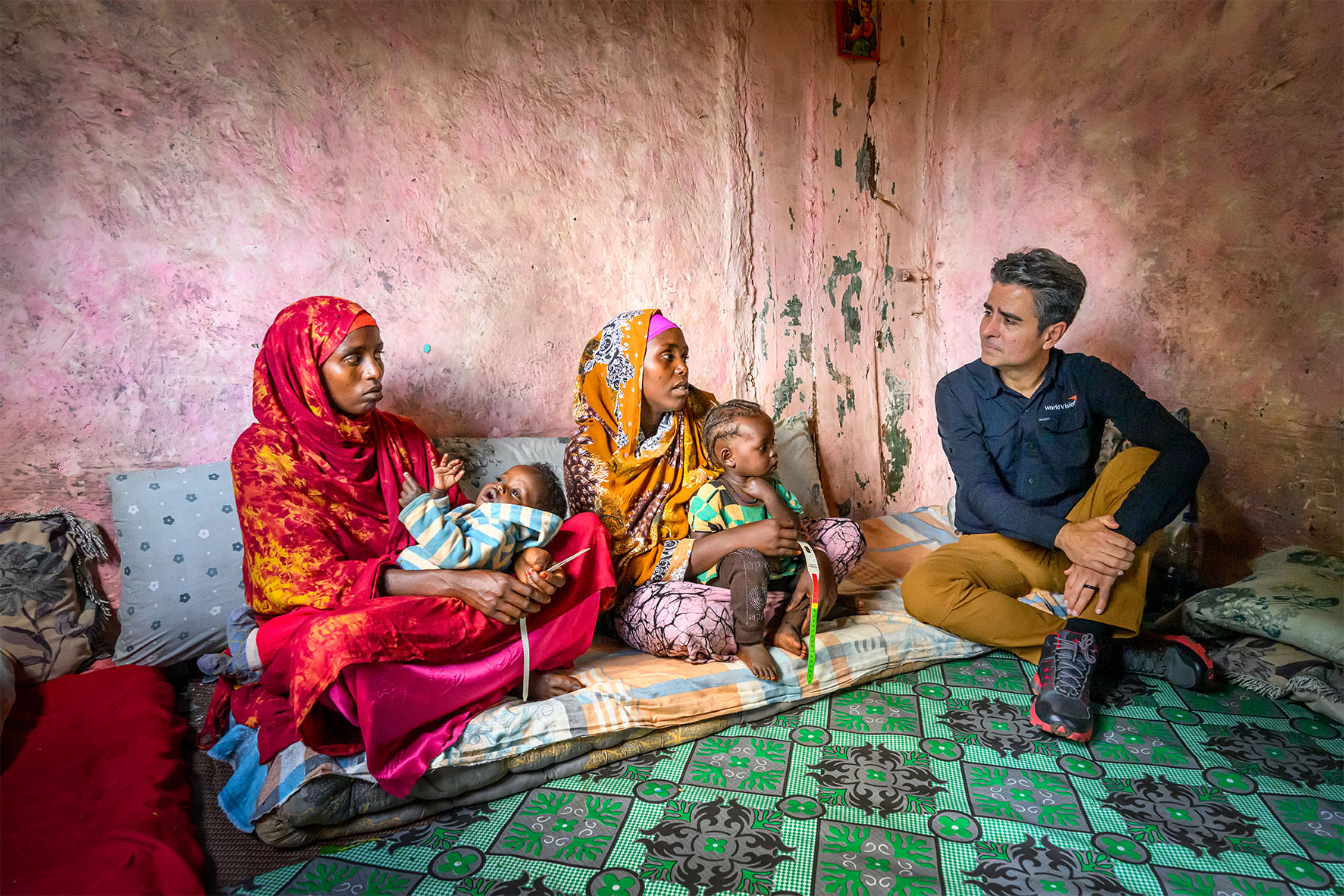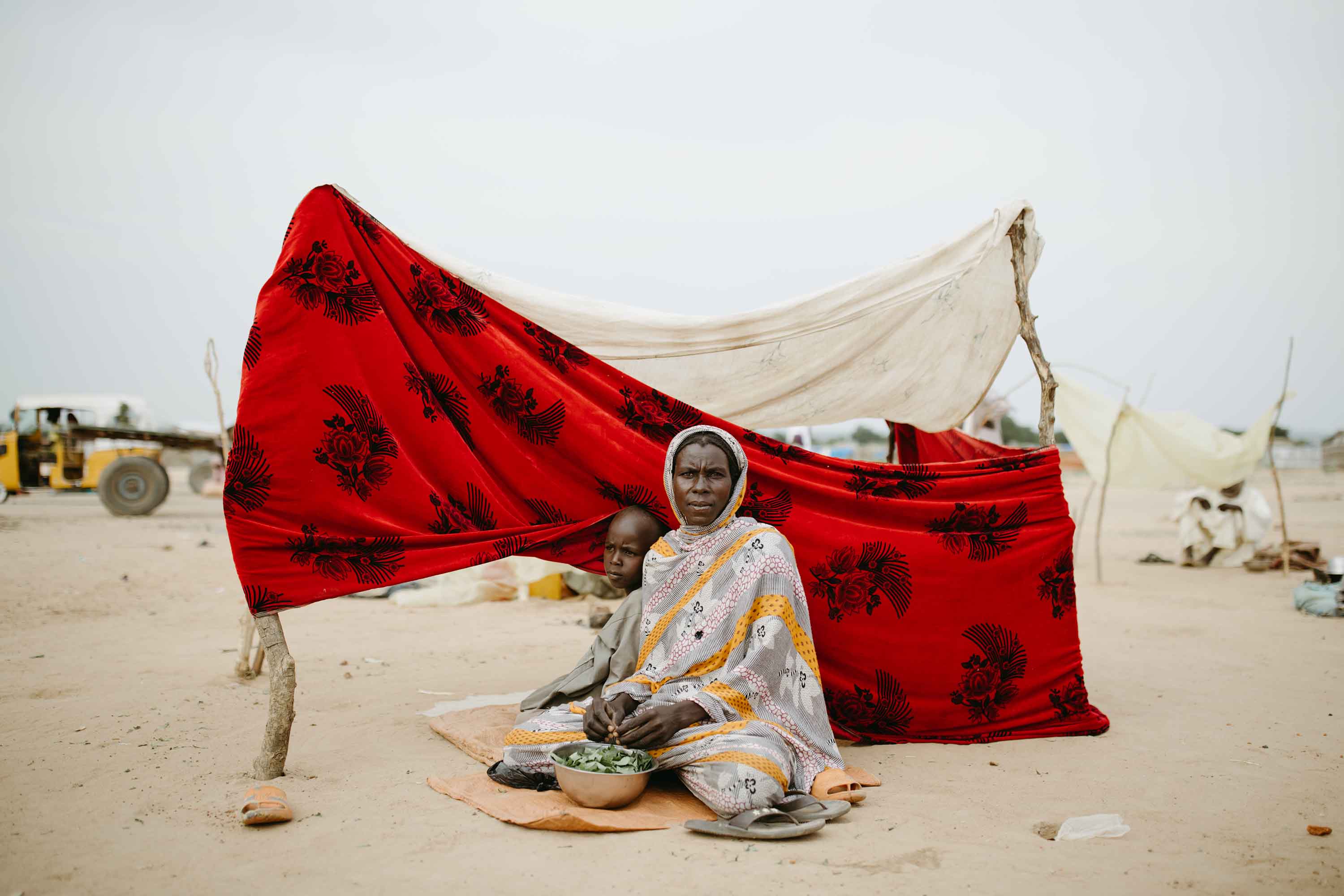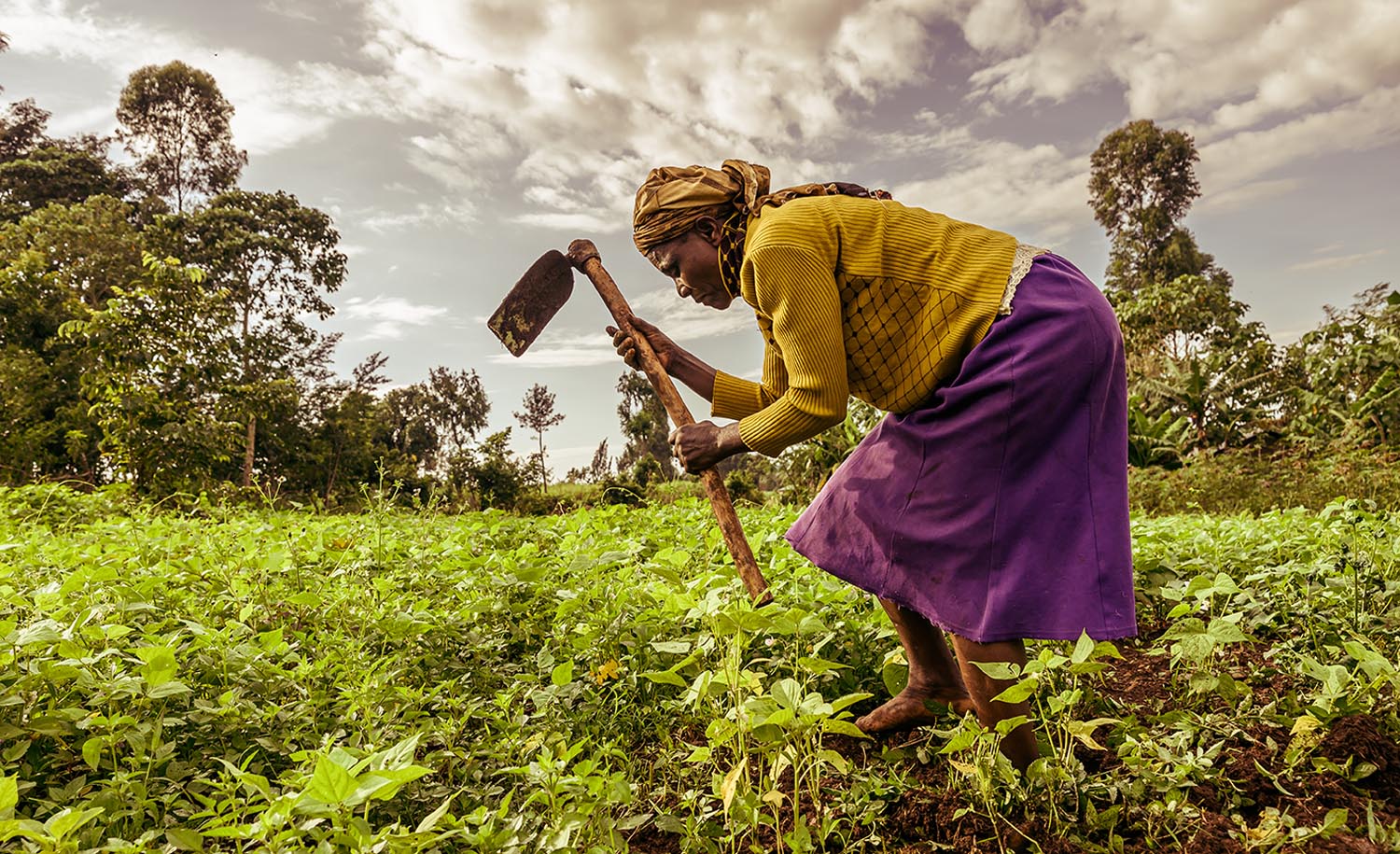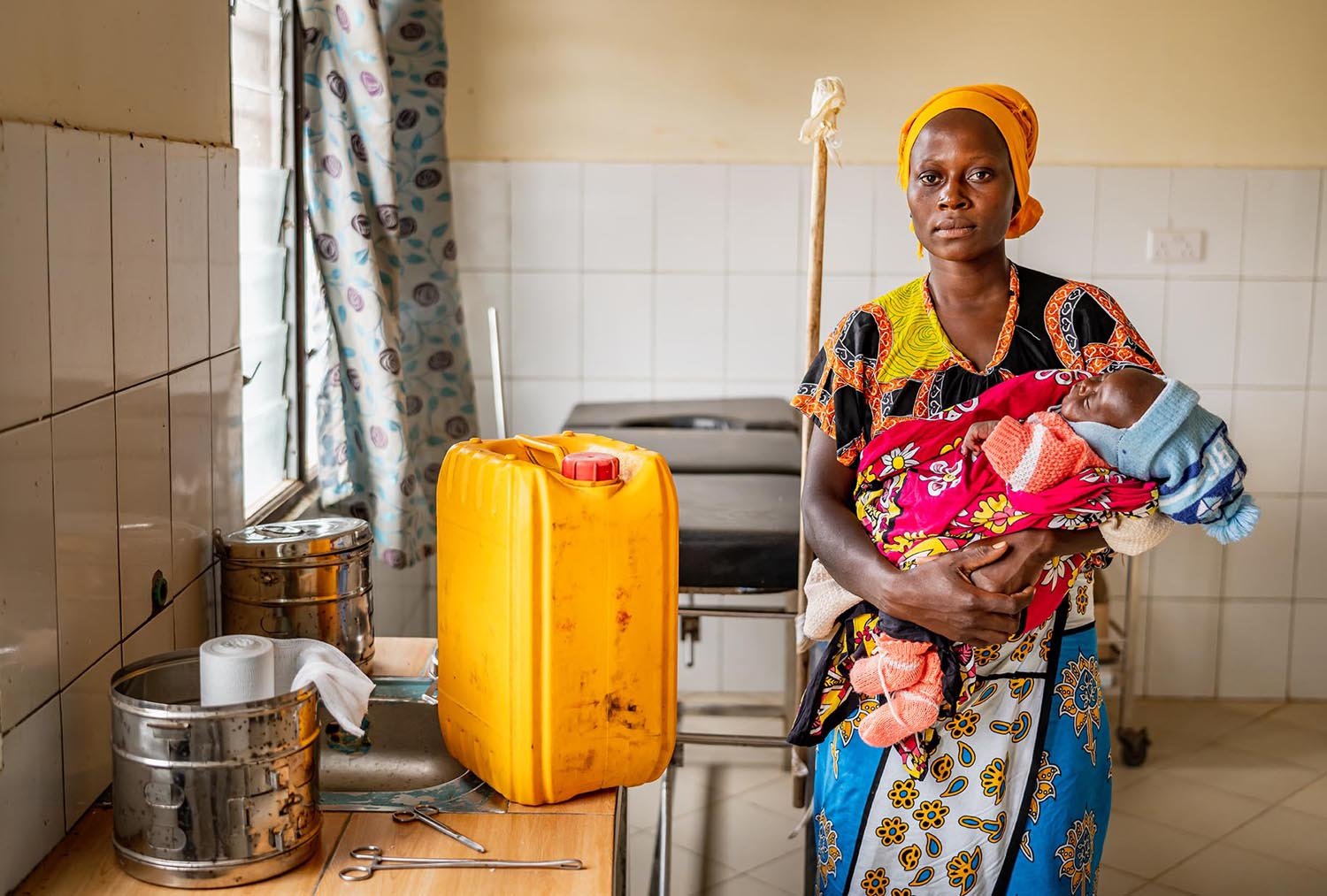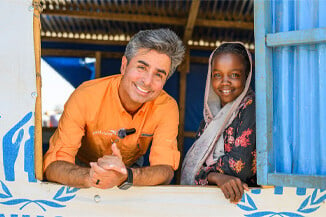“Getting up as early as 5:00am and walking every day for one hour to a nearby water source to fetch water was really wearisome,” said Tringo Buche (18). She is a twelfth- grader and lives with her parents and five siblings in Gatame village in the Hula district, 240 miles south of Ethiopia’s capital.
Tringo woke up before day break and walked to fetch dirty water from the Qobbo River. She knew that the water was impure but she had no other choice. Tringo and her siblings suffered from abdominal discomfort, were taken to clinics, treated for giardiasis (intestinal infection) and cured but recurrences were frequent.
Tringo’s family spent its meagre income and time taking sick children to the health clinic and tending to them at home. “The trying times and agonizing reminiscence are alive in my memory,” Tringo said. The classes she missed affected her school performance. She considered quitting but was tenacious.
Returning home at 6:00am, Tringo would quickly start a fire for her family. As a first born girl, she is responsible to prepare their breakfast. Often the long line of jerry cans awaiting her at the water source could delay the meal.
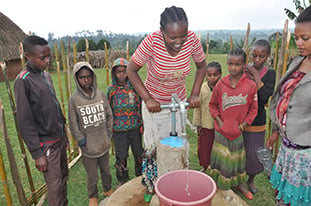 |
| Tringo draws clean water from the well near her home. |
Ensuring that every family member had breakfast, Tringo left home at 7:00am and walked 3 miles to Hula High School, another one-hour walk. “So exhausted, inactive and unenthusiastic I became, I felt slumbering in class causing shame on me,” Tringo said. When class was in progress, Tringo thought of walking for one hour to return home and then another hour back to the river to get dirty water in the evening. The vicious circle seemed unbreakable to Tringo. “I walked four hours a day and 20 hours during week-days; that was a very tough experience,” Tringo said.
World Vision learned of the community’s plight and put in a manually drilled well near Tringo’s home. The Hula Area Program dug 68.8 feet deep, installed locally manufactured water pipes and brought unprecedented happiness to everyone. “I remember irrepressible smiles and amusements on the villagers’ faces,” Tringo recalled. “Cheers everywhere!”
Tringo described her emotion in an astounding tone: “I had no idea that our problem would be solved as easy as that and that we would have the availability of safe water in my yard.”
The water point is less than one minute away from her home and she is thankful that World Vision helped that happen. “World Vision’s intervention lessened my walking hours from two a day to less than one minute. Stomach sickness was gone for good. It also took off the formidable task from me,” Tringo concluded.

